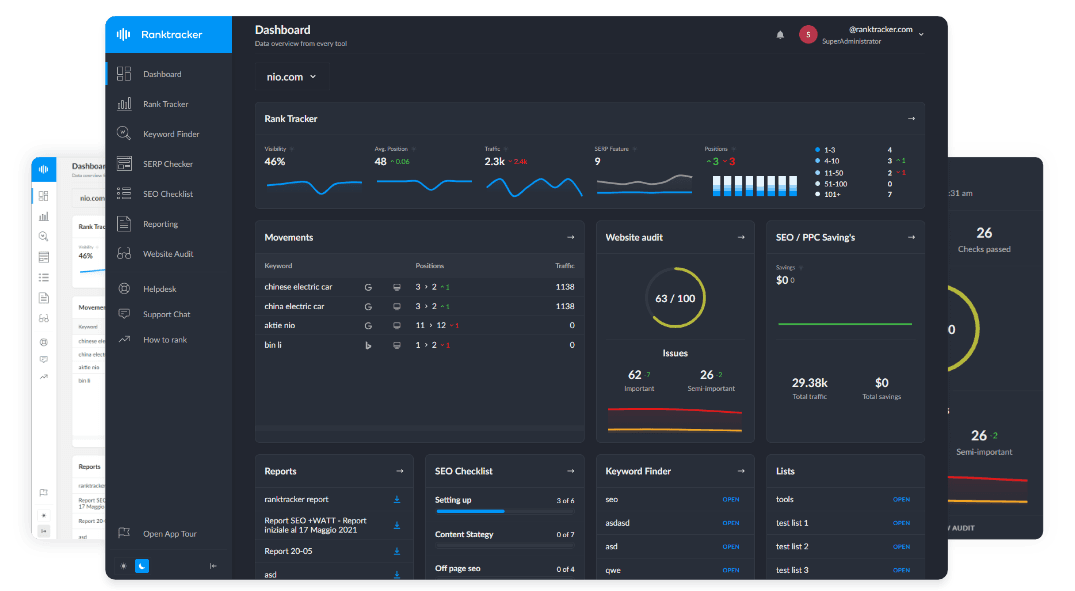Intro
Experience, Expertise, Authoritativeness, and Trustworthiness (E-E-A-T) is a critical framework for assessing the quality of online content. While it’s often discussed in the context of SEO, there are common questions about its role and applicability. Let’s address some of these questions in detail.
Is E-E-A-T a Ranking Factor?
Short Answer
E-E-A-T is not a direct ranking factor, but it heavily influences how Google evaluates content quality and relevance.
Detailed Explanation
Google does not assign specific scores for E-E-A-T like it does for page speed or backlinks. Instead, E-E-A-T is a set of guidelines used to measure the credibility, expertise, and trustworthiness of content, which indirectly affects rankings.
Google’s algorithms leverage signals such as author credentials, structured data, and user engagement to assess E-E-A-T. These elements work collectively to determine whether a website deserves high rankings for competitive queries, especially in areas like health, finance, or law.
Key Takeaway
While not a ranking factor, E-E-A-T is essential for creating high-quality content that aligns with Google’s expectations, particularly for Your Money or Your Life (YMYL) topics.
Can Small Businesses Compete on E-E-A-T?
Short Answer
Yes, small businesses can effectively compete by leveraging local expertise, trust-building practices, and authentic content.
Detailed Explanation
Small businesses often have unique advantages when it comes to E-E-A-T, such as personal connections with their audience, community engagement, and the ability to focus on niche expertise.
Ways small businesses can compete include:
- Sharing authentic customer testimonials and success stories to demonstrate trustworthiness.
- Highlighting industry certifications, years of experience, and unique knowledge in their field.
- Optimizing for local SEO by creating content tailored to their community and engaging in local partnerships.
For example, a family-run bakery can build E-E-A-T by sharing behind-the-scenes videos, showcasing local awards, and encouraging satisfied customers to leave reviews.
Key Takeaway
Small businesses can outperform larger competitors in E-E-A-T by focusing on authenticity, community connections, and niche expertise.
How Often Should You Update Content for E-E-A-T?
Short Answer
Content should be updated regularly, with high-priority pages reviewed every 6–12 months and YMYL content updated more frequently.
Detailed Explanation
Keeping content accurate and current is essential for maintaining trust and authority. Outdated or irrelevant content can harm user trust and negatively impact rankings.
High-priority content like YMYL topics (e.g., health, finance) should be reviewed quarterly or whenever significant changes occur in the industry. Evergreen content, such as how-to guides, can be reviewed annually to ensure its continued relevance.
Steps to update content include:
- Verifying and replacing outdated statistics or claims.
- Refreshing examples, case studies, or external links to align with the latest standards.
- Adding new sections to reflect recent developments or trends.
Including a "Last Updated" date on your content assures users that it remains accurate and relevant.
Key Takeaway
Regular updates reinforce E-E-A-T by ensuring your content stays relevant, accurate, and authoritative.
Does E-E-A-T Apply to Non-YMYL Sites?
Short Answer
Yes, E-E-A-T applies to all websites, although its impact is greater for YMYL topics.
Detailed Explanation
E-E-A-T is most critical for YMYL topics because misinformation in these areas can have significant consequences. However, non-YMYL sites also benefit from demonstrating expertise, authority, and trustworthiness, as it helps them rank better and build user confidence.
For example, an entertainment blog may not face the same level of scrutiny as a medical site, but it can still benefit from strong E-E-A-T by:
- Publishing content written by experts in the niche, such as film critics or gaming enthusiasts.
- Linking to credible sources for information or data.
- Building trust with user-generated content, reviews, or fan testimonials.
A travel blog that features personal experiences, high-quality images, and detailed itineraries demonstrates E-E-A-T even though it’s not a YMYL topic.
Key Takeaway
E-E-A-T applies universally and benefits all types of websites by improving their credibility, user engagement, and SEO performance.
Final Thoughts
E-E-A-T is a crucial concept for creating high-quality, trustworthy, and authoritative content that ranks well on Google and engages users.
- E-E-A-T is not a direct ranking factor but heavily influences how Google evaluates your content.
- Small businesses can excel in E-E-A-T by focusing on localized expertise and building authentic relationships with their audience.
- Regular content updates are essential for maintaining trust and authority, especially for YMYL topics.
- E-E-A-T applies to all websites, regardless of industry, and enhances credibility and SEO performance for both YMYL and non-YMYL sites.
By understanding and applying E-E-A-T principles, you can create a sustainable strategy for improving your website’s visibility and user trust. Let me know if you'd like to explore any specific aspect further!

